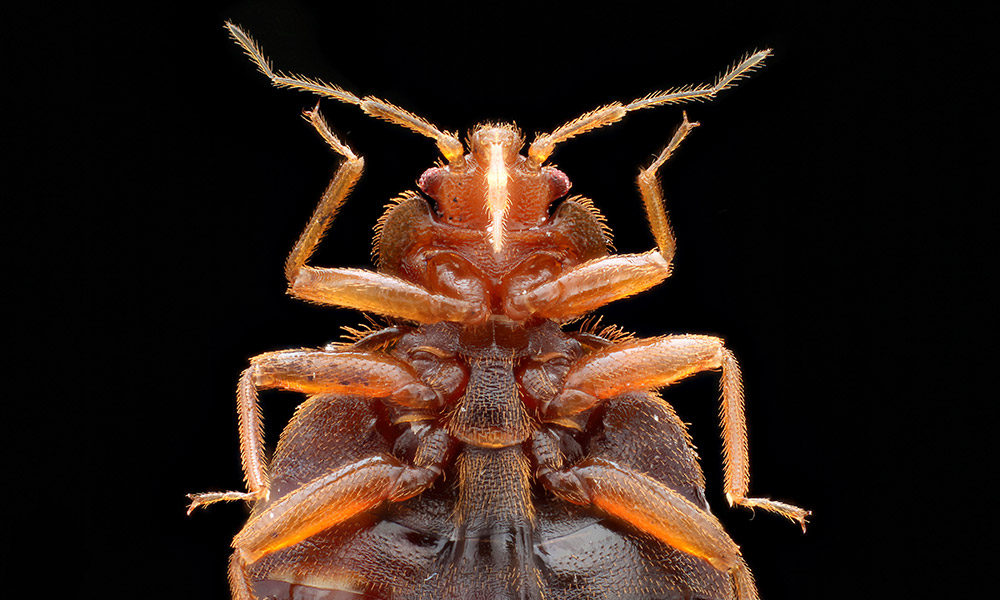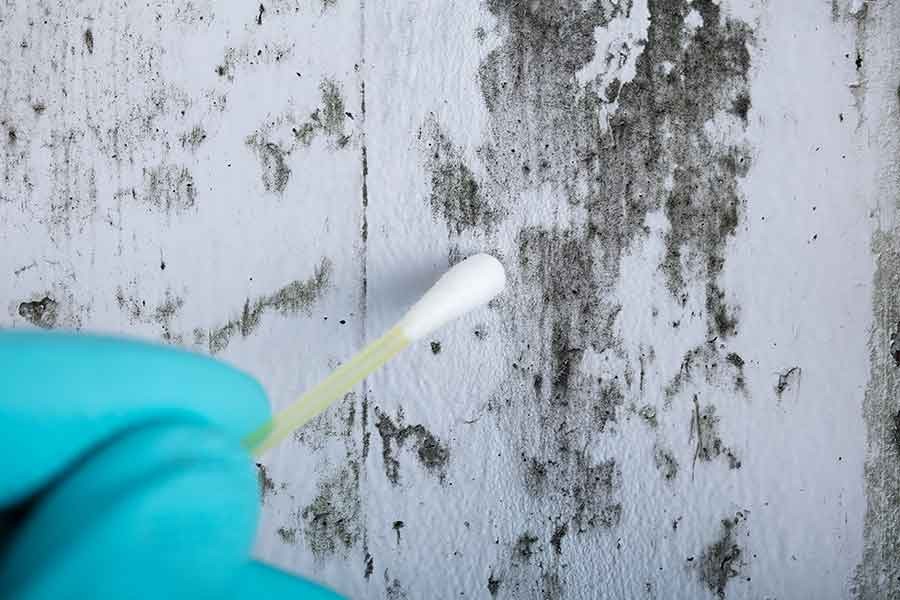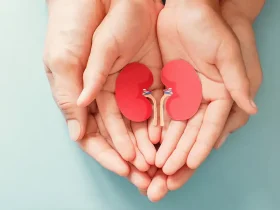Bed bug infestations can cause significant disruption to daily life and are notoriously hard to eradicate. Breaking the bed bug life cycle at many stages during treatment can reduce the likelihood that the pests will return after being eradicated. Check for signs of bed bugs at each step of their life cycle. The presence of bed bug exoskeletons is a sign of an active bed bug infestation since the nymphal phases of development are the most active and destructive. The presence of the eggs, young, and adult bed bugs is an indication that the bed bug infestation has likely been going on for some time. Below is an explanation of the life cycle of bed bugs.
The Life Cycle of a Bed Bug.
Several phases (egg, nymph, and adult) make up the bed bug life cycle.
- Phase 1- Egg.
Bedbug females produce clutches of eggs which are tiny, white, and oval in form. A single female bed bug can produce as many as 500 eggs throughout her lifespan.
Phase 2-Nymph.
The eggs develop into nymphs in a week or so. Nymphs undergo a series of five molts before reaching maturity.
Phase 3- Adult.
It takes five molts for a nymph to develop into an adult bedbug. They’re the size of an apple seed and have a reddish-brown hue. They feed on human and animal blood and can live up to several months.
The duration it takes for a bed bug to develop from an egg to an adult varies widely, from a few weeks to many months, depending on environmental factors, including temperature and food availability. Bedbug infestations are notoriously difficult to treat and frequently need the assistance of a trained specialist.
How Long Can Bed Bugs Survive Without Human or Animal Blood?
According to the available research, bed bugs die after spending 70 days without a blood meal. However, in the best of conditions, they can survive for a long time without food, even up to a year or more. Nymphal bed bugs may go around 70 days without eating before dying. Both scenarios result in the bed bug entering a state of hibernation, where it remains until it detects the emission of carbon dioxide, an indicator of the presence of a new food supply in the area. Once this occurs, bed bugs that have been hibernating will emerge from their hiding places and resume their usual feeding habits.
Don’t Hesitate to Get in Touch with Life After Bugs for Professional Aid.
Bed bugs can be detected at any point in their life cycle; therefore, a professional pest control team must check the area and treat it as necessary. The field team at Life After Bugs consists of qualified and trained professionals in bed bug control, all of whom have years of expertise in eliminating such pests. Our team will first perform a thorough inspection of your house to pinpoint the exact locations of the bed bug infestation and then come up with a treatment strategy. Regular checking is also required so that we can re-evaluate the situation after a suitable amount of time has passed to see whether the bedbug problem has returned. Call Life After Bugs to schedule an inspection or for any queries regarding bed bugs.










